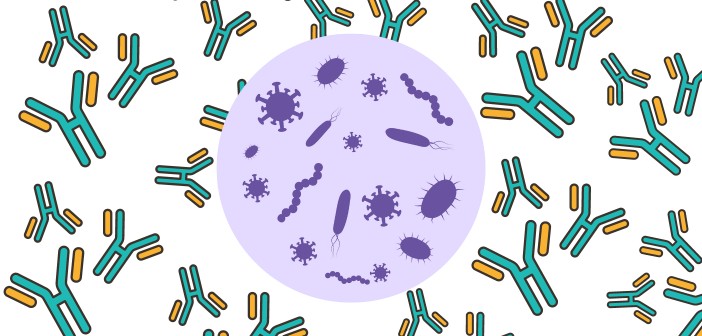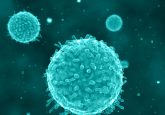Solving a puzzle in humoral response – the difference between allergy and infection

Through a multidisciplinary approach, researchers have identified two distinct categories of immune cells that are differentially induced upon infection or allergy, opening up opportunities for novel treatments for allergic conditions.
A team of multidisciplinary scientists from Universidade de Lisboa (Lisbon, Portugal), Istituto Nazionale di Genetica Molecolare (Milan, Italy), University of Glasgow (UK), Institut Curie (Paris, France) and University of Sao Paulo (Brazil) collaborated to investigate how antibody production is regulated in both allergy and infection scenarios. Their findings were published in Cell Discovery.
Humoral immunity plays a critical role in protection against infection as well as allergy and autoimmunity responses. Generating protective humoral immunity relies on effective antibody responses, and these responses are regulated by specific subtypes of immune cells, such as follicular helper lymphocytes.
T follicular helper (Tfh) cells have the unique ability to access B cell follicles and provide help to B cells for class switching and affinity maturation. Previous studies have focused on elucidating the overall Tfh function regarding their interactions with B cells. However, only a few of these studies have looked into the distinct functional subsets of Tfh cells required for appropriate antibody responses to various immunogen exposures.
You may also be interested in:
- Infographic: monoclonal antibody production strategies using phage display vs in vivo immunization
- Uncovering the unique and complex autoantibody patterns in rheumatoid arthritis
- Challenges when designing qPCR/ddPCR assays for cell and gene therapies
Under the lead of Luís Graça from the University of Lisbon, the team committed to thoroughly examining the functionality of Tfh cell subsets.
“We used computational biology techniques to identify the genes that are active in follicular helper lymphocytes involved in the production of both types of antibodies. Taking advantage of artificial intelligence methods, we were able to characterize the genes that are associated with antibodies involved in the response against virus infections or in defense against parasites and allergies”, explained Saumya Kumar from Universidade de Lisboa.
Their results showed that there are two distinct Tfh populations (Tfh1 and Tfh2 cells) each characterized with different transcriptional signatures. These distinct signatures of Tfh1 and Tfh2 cells were validated against datasets of Tfh cells that were induced following a viral infection scenario (by lymphocytic choriomeningitis virus) compared to datasets of Tfh cells that were induced following an allergic response scenario (by helminth infection).
Additionally, they utilized advanced microscopy methods to link data on active genes with the locations of cells in mouse models. Consequently, they found that cells expressing genes related to viral infections, which were identified in computational models related to viral infections, appeared in the mice upon virus infection.
The team demonstrated that Tfh cells develop a specific function in various immune responses. “These discoveries define new molecular targets that could be used in the development of therapies to regulate antibody production in diseases such as allergy or autoimmunity. Potentially, they could allow us to reduce the production of antibodies associated with these diseases without reducing the ability to produce critical antibodies against viral infections,” stated Luís Graça. “This work brings these cells into light and allows us to begin to understand how to control the response of each group of cells independently.”




